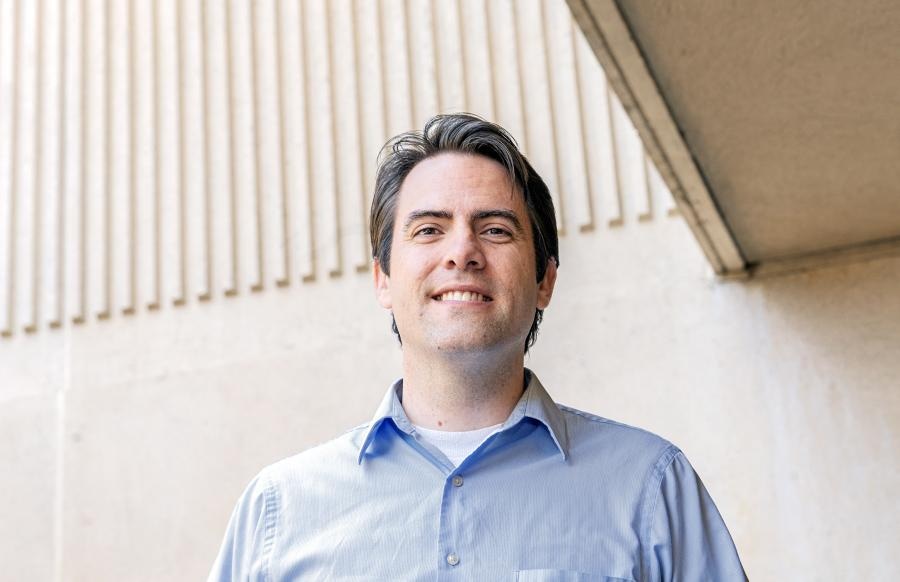Sep 23 2019
Accurate forecast of the plasma pressure is a vital prerequisite for future facilities that intend to trap and control, on Earth, the fusion energy that powers the sun and stars. Plasma is the hot, charged gas powering up fusion reactions within doughnut-shaped tokamaks in which these reactions take place.
 Physicist Michael Churchill. (Image credit: Elle Starkman/Office of Communications)
Physicist Michael Churchill. (Image credit: Elle Starkman/Office of Communications)
At the core of these predictions is the forecast of the pressure exerted by the scrape-off layer—the thin strip of gas at the edge of the plasma—on the divertor. A divertor is a device that evacuates waste heat from fusion reactions.
Scientists at the U.S. Department of Energy’s (DOE) Princeton Plasma Physics Laboratory (PPPL) have gained a new understanding of the physics behind the pressure balance in the scrape-off layer.
It is necessary for this balance to ensure that the plasma pressure across the whole tokamak is sufficiently high to generate a substantially self-heating fusion reaction. In addition, the balance must restrict the potentially damaging effect of heat and plasma particles that hit the divertor and other plasma-facing components inside the tokamak.
Previous simple assumptions about the balance of pressure in the scrape-off layer are incomplete. The codes that simulate the scrape-off layer have often thrown away important aspects of the physics, and the field is starting to recognize this.
Michael Churchill, Physicist, PPPL
Churchill is the lead author of a Nuclear Fusion paper that reports the outcomes of the new study.
Fusion is the power that drives the sun and stars and involves the fusing of light elements that exist in the form of plasma—the hot, charged state of matter formed of atomic nuclei and free electrons—that produces enormous amounts of energy. Researchers are looking to reproduce fusion on Earth for an almost endless supply of power to produce electricity.
Key Factors
Churchill and his coworkers at PPPL ascertained the crucial factors underlying the pressure balance by running the sophisticated XGCa computer code on the Cori and Edison supercomputers at the National Energy Research Scientific Computing Center (NERSC), a DOE Office of Science User Facility. The plasma is treated as a detailed kinetic—or particle motion—level by the code and not as a fluid.
Of the important features discovered was the effect of the bulk drift of ions, an effect that has been largely ignored by earlier codes. Such drifts “can play an integral role” the authors noted, and “are very important to take into account.”
The kinetic particle effects caused by ions that have different temperatures based on their direction were also considered to be important in the momentum or pressure balance. As it is challenging to measure the temperature of ions in the scrape-off layer, the paper remarks that “increased diagnostic efforts should be made to accurately measure the ion temperature and flows and thus enable a better understanding of the role of ions in the SOL.”
According to Churchill, the outcomes of the new study could offer better insights into the scrape-off layer pressure at the divertor, and could result in accurate predictions for the international ITER experiment that is being built in France and other next-generation tokamaks.
This study was supported by the DOE Office of Science under the SciDAC Center for High Fidelity Boundary Plasma Simulation (HBPS). Resources of the National Energy Research Scientific Computing Center (NERSC) were used for this study. PPPL physicists C.S. Chang, Seung-Ho Ku, Robert Hager, Rajesh Maingi, Daren Stotler, and Hong Qin were the coauthors of the paper.